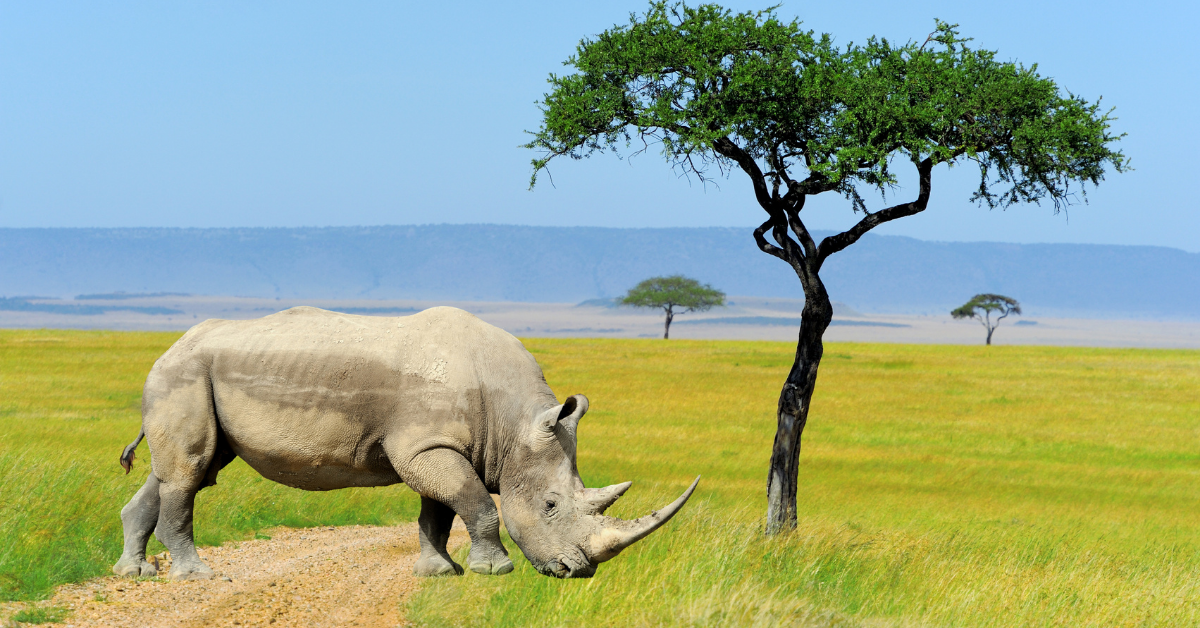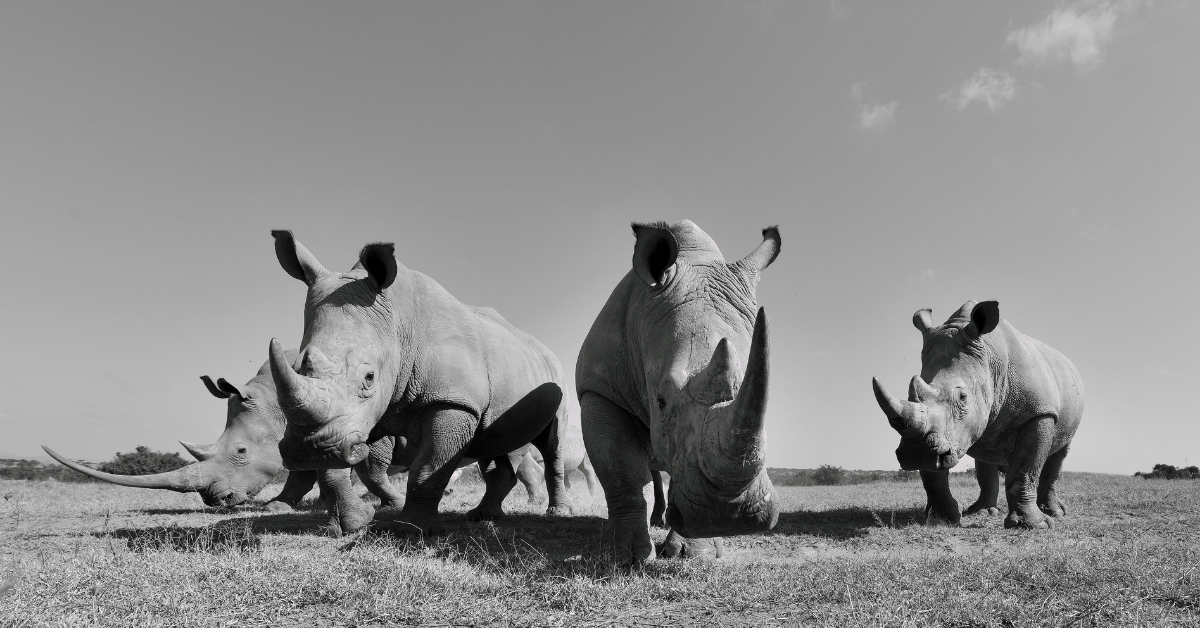
The last two surviving Northern White Rhino females in the wild were translocated from a Zoo in the Czech Republic. As these ex-Zoo animals have not yet been bred in the wild, under RedList rules, they cannot be included in the wild population for this Red List assessment. The largest private White Rhino subpopulation that currently conserves over 1,700 White Rhinos is semi-wild.









